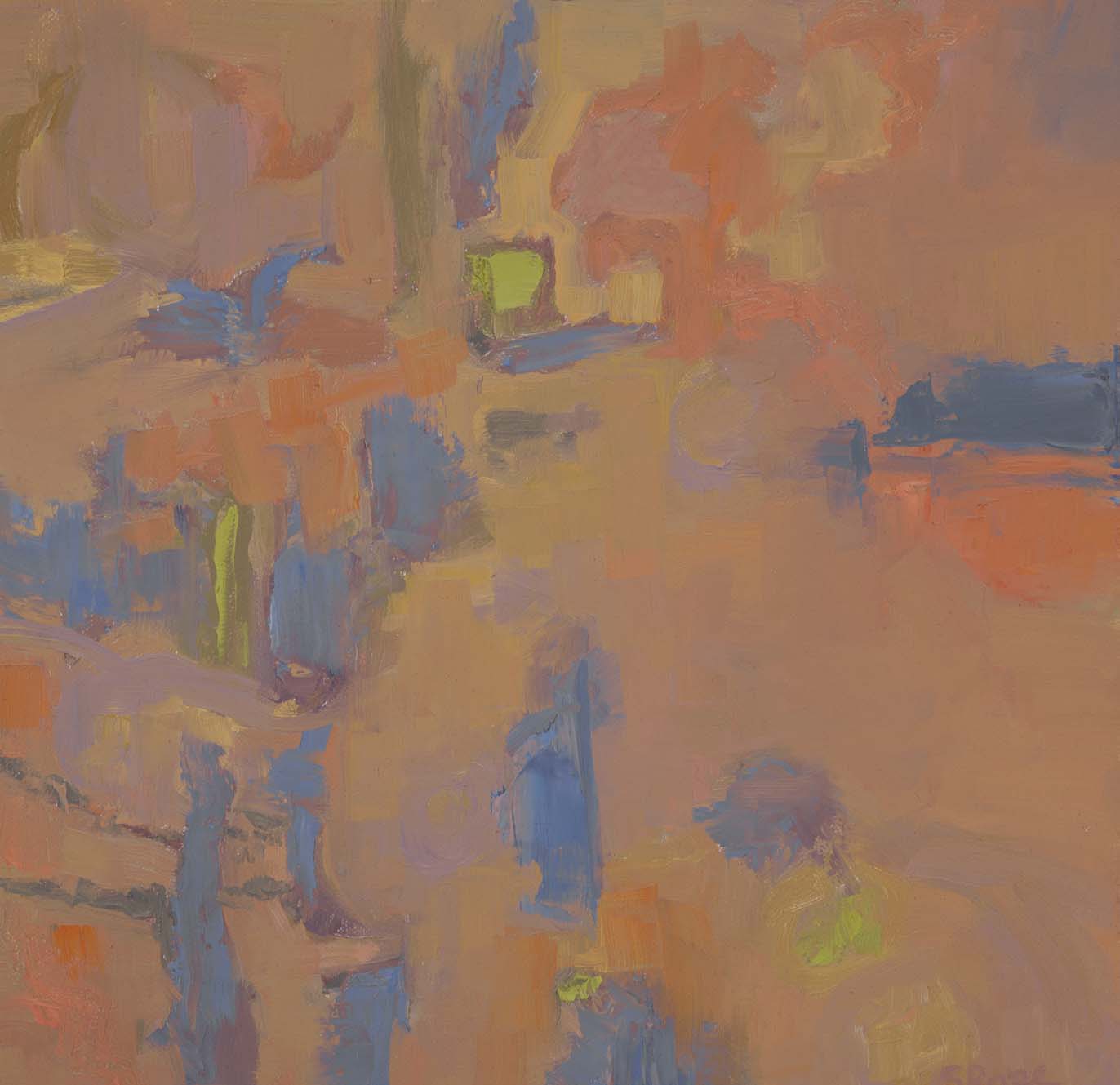
03 Jan ARTIST SPOTLIGHTS: STEPHANIE ROSE
Stephanie Rose’s ethereal oil paintings reimagine the Western landscape as dreamlike scenes existing in a liminal space between realism and abstraction. “I’m more interested in non-visual sensory observation of nature,” she says of paintings that aim to capture more of the feeling of scenes she portrays than merely what the eye may see.
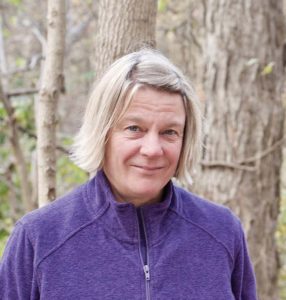
Her work Birdsong, begun in the early autumn of 2022 during a two-week artist’s residency at the Brinton Museum in Big Horn, Wyoming, arose from a plein-air session on that institution’s grounds. “I could hear the birds moving in the foliage, but I couldn’t really see them,” she explains. “My color choices were intuitive and to some extent informed by the visuals around me, and I tried to match my marks to the different sounds I was hearing and their lengths.” The resulting painting, although abstract, uncannily captures the feelings of birdsong and even the flapping of wings and rustling of leaves.
Rose came to such creative innovation through what might initially seem an unlikely path. Born in the Bronx, she grew up from the age of 7 in Hong Kong, where her father was head of the International School. Though she took her small share of art classes there and at Oberlin College, where she earned a degree in East Asian studies, the trait that may have best foretold the art she’d eventually produce was that she “was always very interested in visceral experiences with my environment, the texture of walking on seaweed on the beach or absorbing the aromas of fish and vegetables in open-air markets,” Rose says. Such environmental awareness led her to a career in sustainable agriculture, working on farms and then in community-organized agriculture in Thailand, Norway, Wisconsin, Minnesota, and eventually Montana.
All along the journey, she enjoyed photographing the natural world. That interest ultimately led her “to try to understand the difference between conveying a landscape in a photograph and a painting.” In 2013, she took a pleinair painting workshop taught by acclaimed Arizona-based artist Matt Smith. Rose became “very committed” to the genre, but whenever she brought studies back to her studio and tried to paint larger works based on them, “they fell flat.” When the pandemic came in 2020, she spent more time in her studio. “I realized something had to shift, and that brought the move to more abstracted works,” she says.
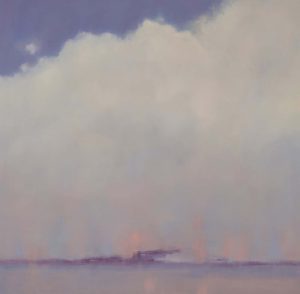
Spring Equinox | Oil on Panel | 24 x 24 inches | 2023
Not that recognizable signs of the natural world have disappeared completely from Rose’s paintings. Take Spring Equinox for instance. What may initially seem to be a pleasingly abstract study in whites, grays, blues, purple-blacks, and touches of blushing orange could also be taken as a convincing rendering of a vast sky covered mostly in clouds and a distant horizon over which sunlight is breaking through. “Yet,” notes the artist, “I worked at it completely intuitively, without any reference” — a pleasing instance of abstraction and the natural world in perfect harmony.
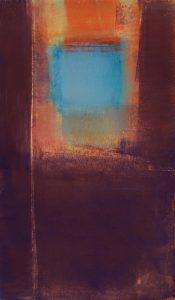
Window of Hope | Oil Pastel on Paper | 8.25 x 4.75 inches | 2021
Rose’s work is represented by the Depot Gallery in Red Lodge, Montana; Cody Country Art League in Cody, Wyoming; and SAGE Community Arts in Sheridan, Wyoming. She is also organizing a show of seven women abstract artists from Montana and Wyoming, including herself, that will be on display from October 14 to November 13 at Northwest College in Powell, Wyoming.
Based in Marin County, California, Norman Kolpas is the author of more than 40 books and hundreds of articles. He also teaches nonfiction writing in The Writers’ Program at UCLA Extension.




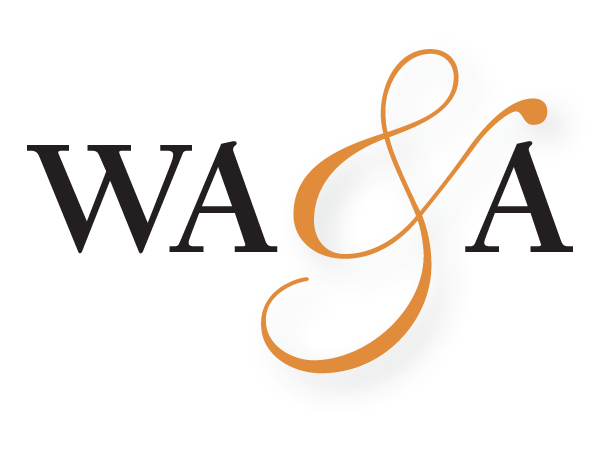
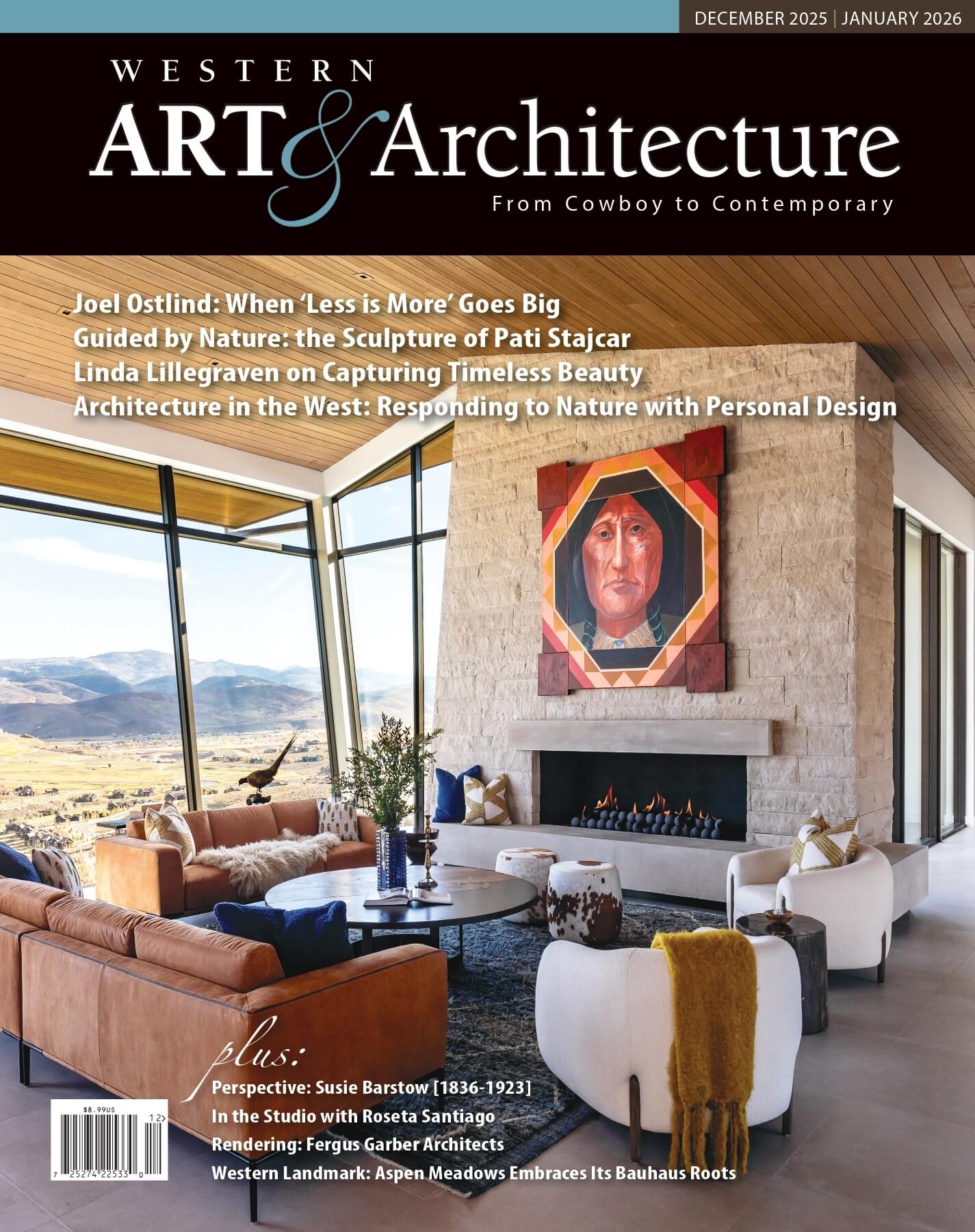
No Comments